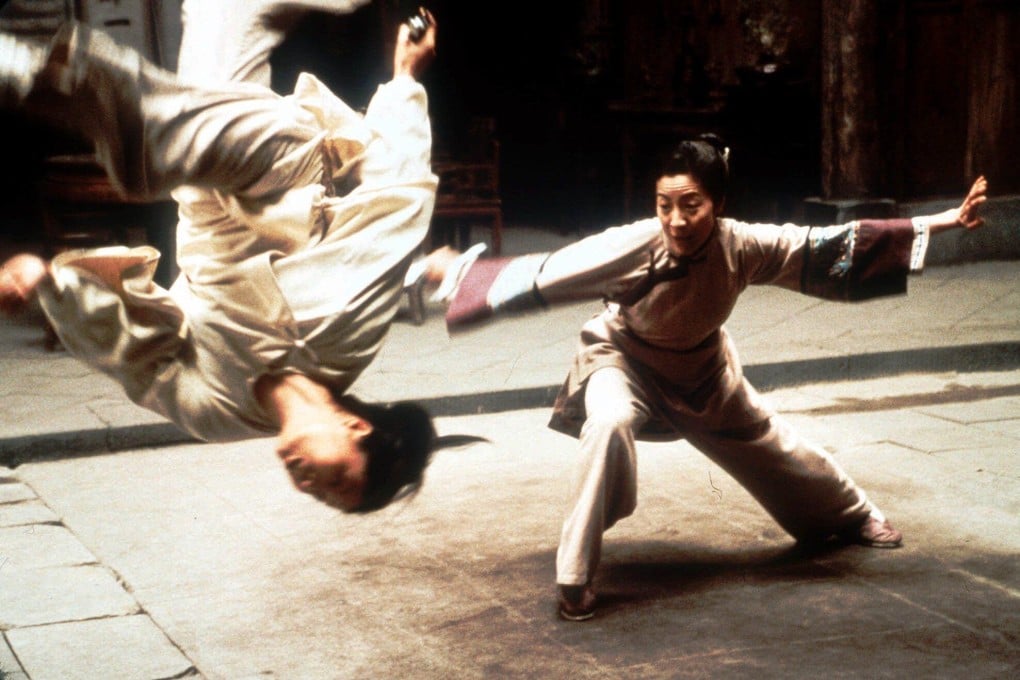Advertisement
Crouching Tiger, Hidden Dragon – what Michelle Yeoh, Zhang Ziyi and Ang Lee said about Chow Yun-fat, the martial arts scenes and wire work
- The stars of the Oscar-winning martial arts epic trained hard for the action scenes, and afterwards recalled the agony of their wire work on the film
- Michelle Yeoh marvelled at Chow Yun-fat pulling off fight scenes despite having no martial arts experience; a scene in a bamboo forest was a nightmare for Lee
Reading Time:4 minutes
Why you can trust SCMP
2

The martial arts scenes in Crouching Tiger, Hidden Dragon, which include a gravity- defying fight in the treetops, a surreal rooftop chase, and a vicious battle between the two female protagonists, are some of the best to be performed in a wuxia movie.
That would seem unsurprising, as they were choreographed by Hong Kong maestro Yuen Woo-ping to an overall scheme designed by director Ang Lee.
But in spite of the talent involved, the success of the martial arts was never certain, as two of the three stars, Chow Yun-fat and Zhang Ziyi, had no training in martial arts, and even director Lee had no experience shooting the genre.
Advertisement
Although Michelle Yeoh, the film’s third star, was a seasoned martial arts performer, she injured herself at the start of the shoot, further complicating the production.
Read what the filmmakers and stars said about filming the action scenes below.
Advertisement
Advertisement
Select Voice
Choose your listening speed
Get through articles 2x faster
1.25x
250 WPM
Slow
Average
Fast
1.25x